George C. Wolfe on the Triumphs and Tragedies of Directing Ma Rainey's Black Bottom
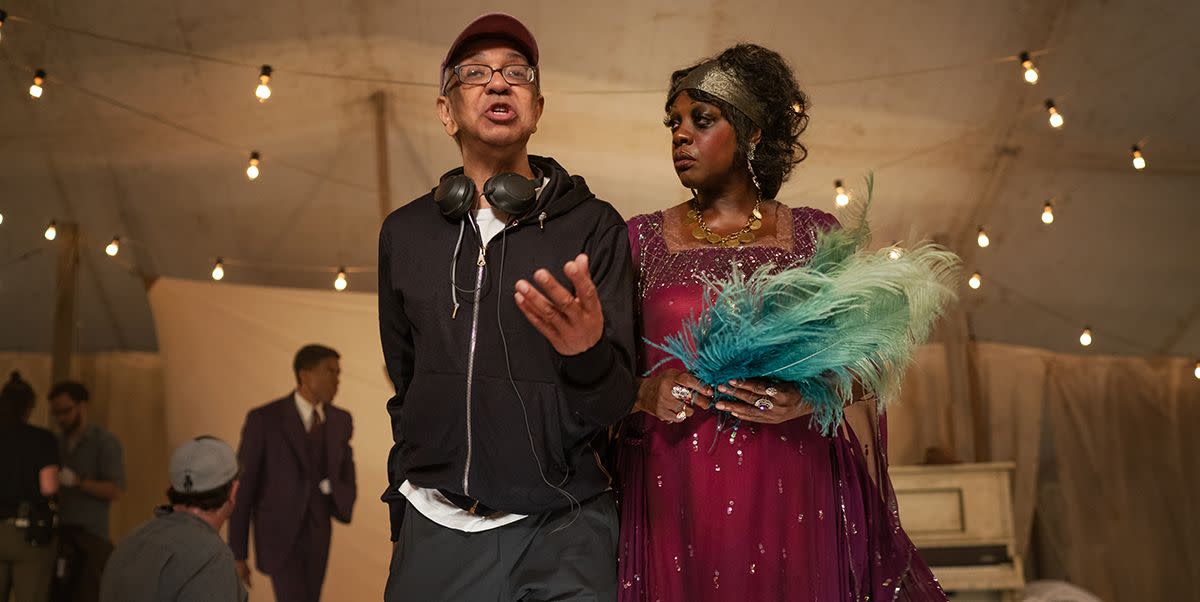
- Oops!Something went wrong.Please try again later.
- Oops!Something went wrong.Please try again later.
“I don't believe in trends,” George C. Wolfe says. “I don't think they exist.”
The director of Ma Rainey’s Black Bottom, an adaptation of August Wilson’s 1982 play that’s streaming now on Netflix, is discussing Hollywood’s seemingly reinvigorated appetite for adapting theater—evident in recent productions like The Boys in the Band, The Prom, Cats, and even his own latest—but doesn’t believe it’s anything new.
“I think what is true is that Hollywood is filled with closeted theater folk,” he says. “And then periodically some of those people who are obsessed end up in positions of authority and they say, ‘Yes, we're doing it.’ That's what it's all about, and when you come through a period where a number of those people are making decisions, it feels like you're inside of a trend. But I think it's something much simpler than that: there's just a bunch of theater queens in L.A.”
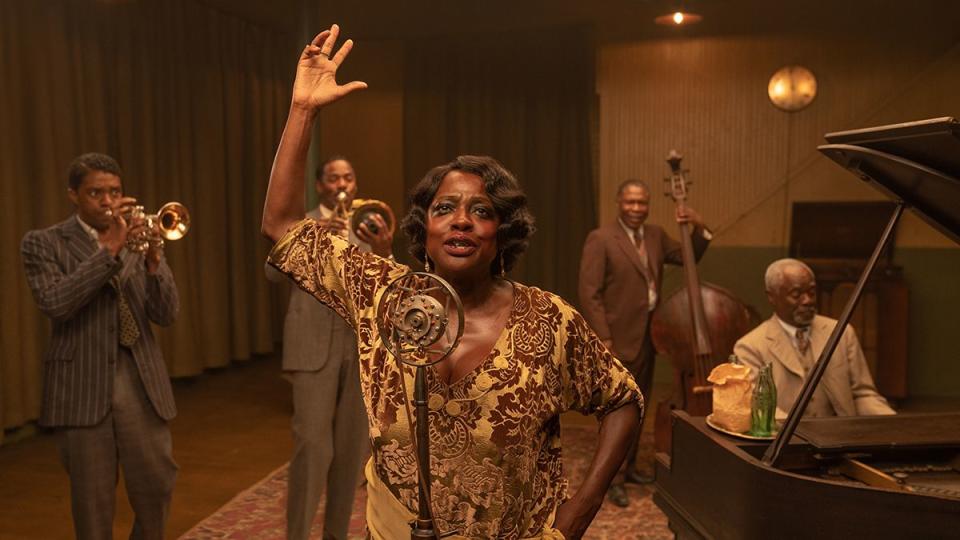
That could be, but what Wolfe has created in his pressure cooker of a film isn’t just an adaptation meant to please Playbill hoarders, but one of the year’s most interesting movies. It's already a buzzed-about awards contender for Wolfe and his stars, including Viola Davis and the late Chadwick Boseman, who filmed his final role in the picture. The Washington Post calls the film “captivating,” and the BBC says, “Ma Rainey’s Black Bottom confirms that Wilson’s work is in the best of hands.”
Wolfe first saw Ma Rainey’s Black Bottom on Broadway in 1984, in a Tony-nominated production starring Theresa Merritt and Charles S. Dutton that Wolfe remembers now as "incredible." Still, the play, which tells the story of one very eventful recording session for the legendary singer—and plumbs ideas of race relations, feminism, sexuality, power, loyalty, and the clash between art and commerce—isn’t one he’s spent the years since pining to direct.
“I remember when I went to see Angels in America when it was in Los Angeles, and I went, ‘Oh, okay. That's probably going to win the Pulitzer,’” Wolfe says. “I didn't go, ‘I want to direct that.’ When you go to see work, you appreciate it for what it is. I'm not sitting there going, ‘One day it's going to be mine.’ When I go to see something, I think of how it's being done for me, not how I would do it.”
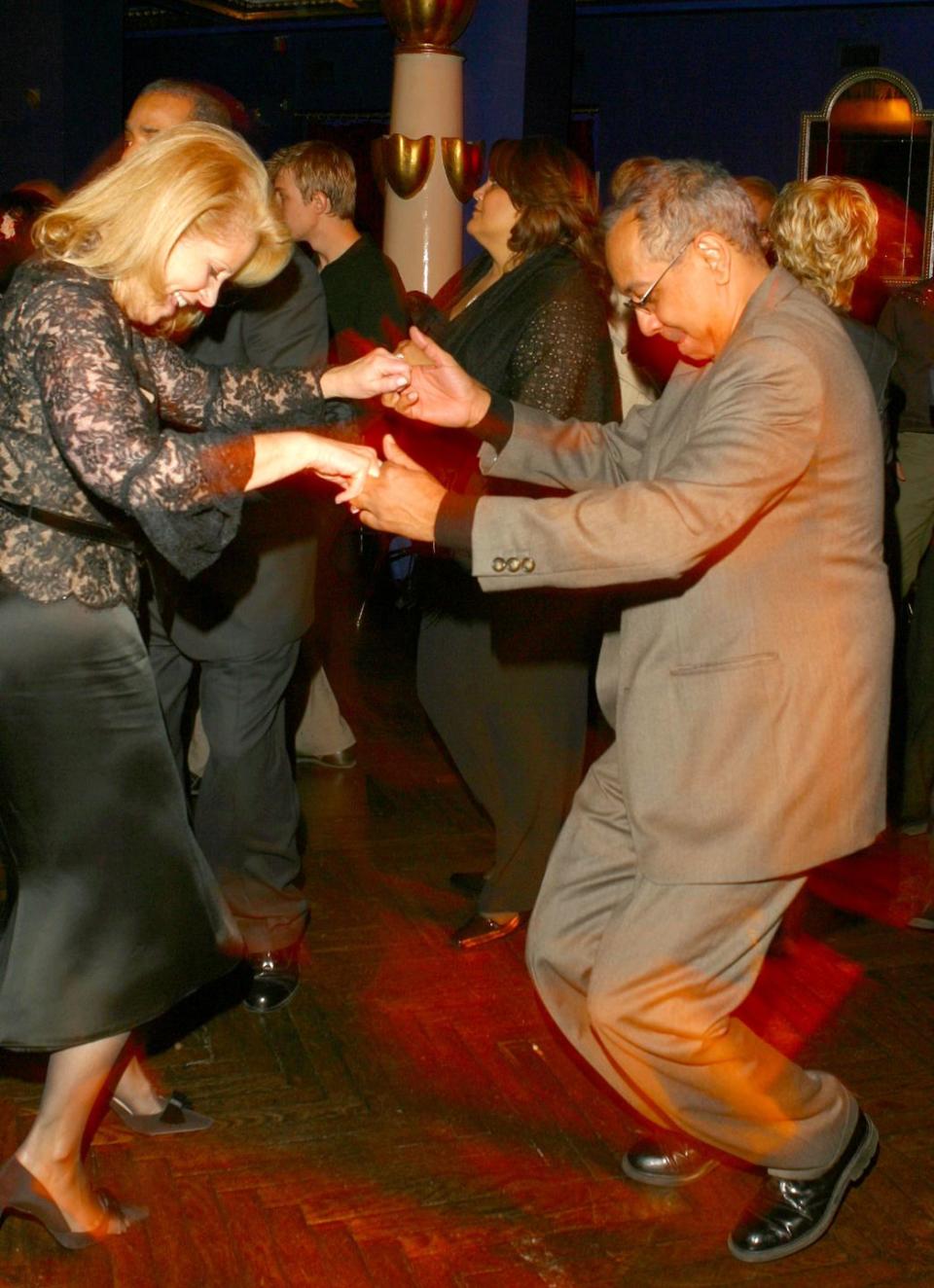
That changed, as so many things do, thanks to a conversation with Denzel Washington. “I was talking to Denzel about how he wanted to do a play, and wanted to do it with me directing,” Wolfe recalls. “So, we were having these series of conversations about what the play might be. And then, in the middle of that, Denzel mentioned that he wanted me to direct Ma Rainey, because he was in charge of making sure all of the August Wilson plays in the 10-play [Pittsburgh] cycle were being done. He had already done Fences and he wanted me to do Ma Rainey. He brought it up in a conversation I thought, Oh, okay. That's interesting.”
It’s easy to see why. Wilson’s famous Pittsburg Cycle features 10 plays, nine of which are set in the Pennsylvania city during the 20th century; Ma Rainey is the outlier as the story is set in Chicago and features one of Wilson’s only characters drawn from real life. “It felt like this really idiosyncratic, odd, wonderful convergence of characters in locations and situations that I thought was really fascinating,” Wolfe says. “I thought it was really interesting that it was about a woman who fully embodied her power and stood in defiance of anyone who tried to stop her.”
In Wolfe’s Ma Rainey, the action takes place on a sweltering summer day—as opposed to Wilson’s original winter—and elements of the story, including seeing Davis’s Rainey perform in an opening scene set in a tent show, are updated to suit the medium. “It isn't so much recasting the story, but adding to the story,” Wolfe says. “There's lots of stuff that wasn't included in the play, which is a part of creating a visual landscape and seducing the audience into being clear about what the stakes of the storytelling are.”
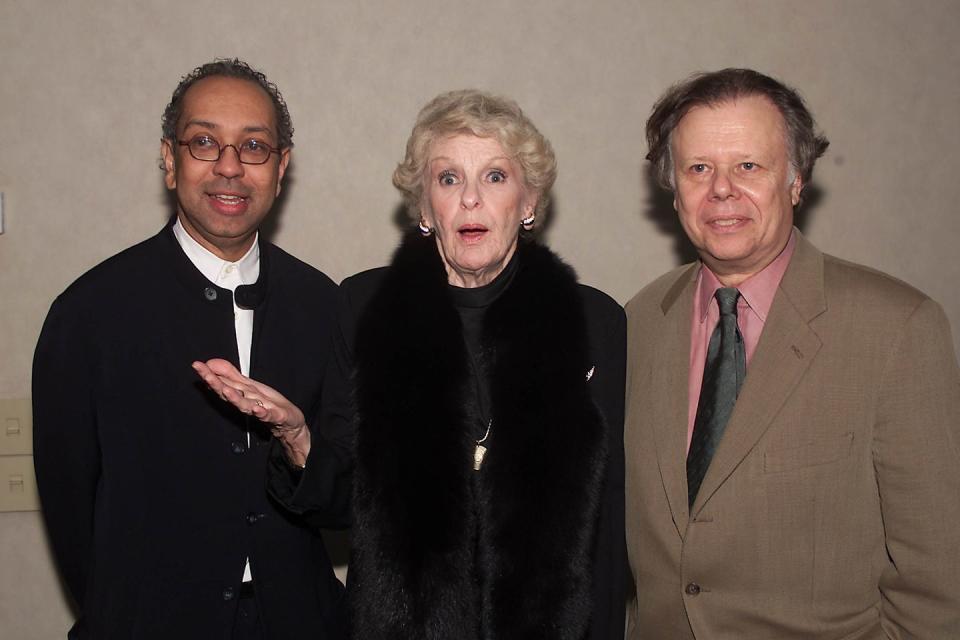
Questioning source material seems like second nature for a creator like Wolfe. “George is a tiny hurricane of ideas, of questions,” says Colman Domingo, who plays Ma Rainey’s band leader Cutler in the film. “He's passionate, and I think it could be intimidating on first view. But as you get to know him, you find how sensitive he is. He might not say it, but I believe he is a romantic, a dreamer. And he cares deeply about representations of African Americans and African American culture. That's the thing more than anything: George C. Wolfe is, I would say, the keeper of our culture, of examining who we are to modern audiences.”
The Kentucky-born Wolfe got his first break in Los Angeles, back in 1977 as a recent graduate with a theater degree from Pomona College, when the Inner City Cultural Center funded his Tribal Rites, or The Coming of the Great God-bird Nabuku to the Age of Horace Lee Lizer. The production, he’s written, “was perhaps the most crucial to my evolution,” and working with the company “deeply influenced the kind of artist I’ve become.”
From there, Wolfe went east. He earned an MFA at New York University, taught at City College, and made a splash with Off-Broadway productions like Spunk and The Colored Museum, a 1986 show that prompted the New York Times to say, “Mr. Wolfe is the kind of satirist, almost unheard of in today's timid theater, who takes no prisoners.” Wolfe became a resident director at New York’s Public Theater, and his first Broadway show came in 1992 with Jelly’s Last Jam, a musical he wrote and directed about musician Jelly Roll Morton that earned 11 Tony Award nominations. The next year, he directed the Broadway premiere of Angels in America: Millennium Approaches and won a Tony for it; in 1994, the show’s second part, Perestroika, premiered and earned him another nomination.
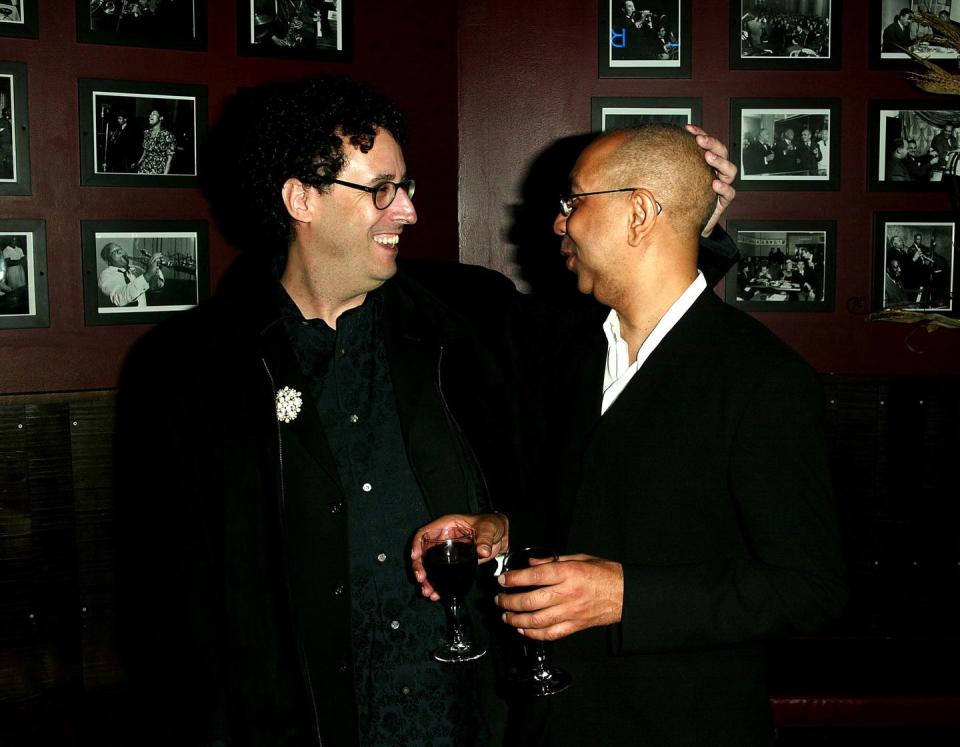
Indeed, there’s seemingly no corner of entertainment Wolfe hasn’t touched. He spent 11 years as the artistic director of the Public Theater; he conceived and directed the hit show Bring in 'da Noise, Bring in 'da Funk; he’s made movies starring Richard Gere and Oprah Winfrey and acted in hits like Garden State and The Devil Wears Prada; he’s directed plays by Nora Ephron and Tony Kushner; he's helmed a one-woman show for Elaine Stritch; he’s designed exhibitions for Atlanta’s National Center for Civil and Human Rights. It’s a wide, varied career that comes into focus when you hear a friend of Wolfe’s describe him as a “spectacular tornado.”
Ellen Barkin, who first met Wolfe when he cast her in the 2011 Broadway revival of The Normal Heart, says, “I never felt more confident than I did working with George, never. That’s because of how he directs. He’s like a gardener of performers. He’s nurturing you; he’s growing you, he’s a kind of super-charged plant food, who allows his performers to flourish. He gives you permission to fail, and that’s the way you get to success.”
For Barkin, Wolfe’s just as impressive outside of work as he is in the rehearsal room. “I’m not a big socializer anymore,” she says. “I go to maybe two parties a year, George’s birthday and George’s Christmas party. I would never miss one of George Wolfe’s parties. You walk in and everyone you’ve ever seen and thought was amazingly talented is in his house. I’m tone deaf, but every year I’m at that piano singing as loud as anyone who’s got three Tonys. When you’re with George, everything is okay.”
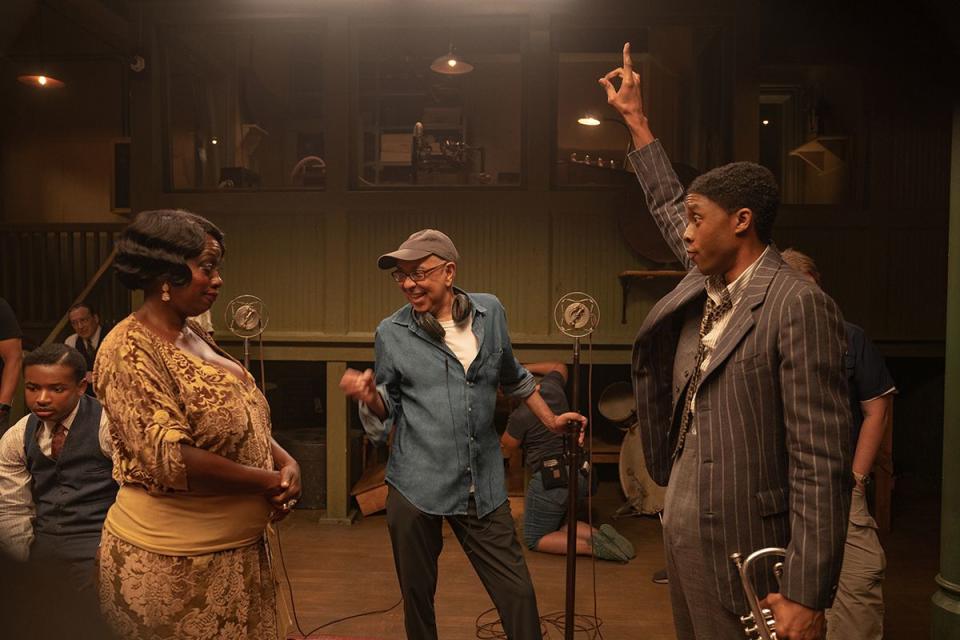
Being safe in Wolfe’s care is something that certainly seems to be the case for Ma Rainey’s Black Bottom, which will bring new attention to Wilson and his work, and also serve to show modern viewers something about themselves. “It's really interesting to me how material absorbs the time in which it is viewed,” Wolfe says. “And I think that's true of every single work of art: if it's smart material, and this is very smart material, it reflects in interesting and complicated ways and we begin to see ourselves in the story. I think [this film] is going to reflect where we are in this moment, and as well as what was going on in 1927 Chicago.”
And while the director’s weighing what might be his next project—another Wilson, perhaps, or a Tennessee Williams play that’s been haunting him—what’s seemingly certain is that it’ll come, like all the others, only when inspiration truly strikes. “I love the potential for possibility,” he says, “which means with possibility comes the potential for failure. And I love putting myself in those situations, where I have to confront a whole lot of unknown.”
You Might Also Like

